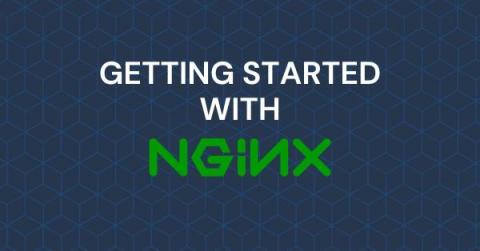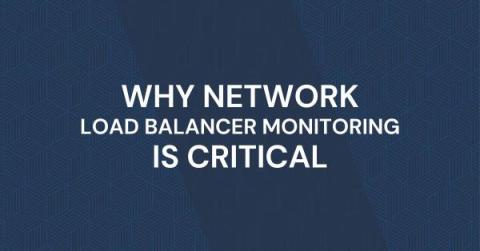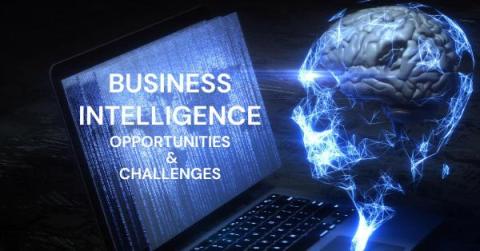Load Balancing Graylog with NGINX: Ultimate Guide
In cybersecurity, “Load Balancing Graylog with Nginx: The Ultimate Guide” is your reference guide. This guide helps to install Nginx. Imagine your Graylog, already proficient at managing vast log data, now enhanced with the Nginx load balancing capability to ensure peak performance. NGINX ensures your Graylog cluster isn’t over-taxed, similar to a well-organized team where work is evenly distributed.











